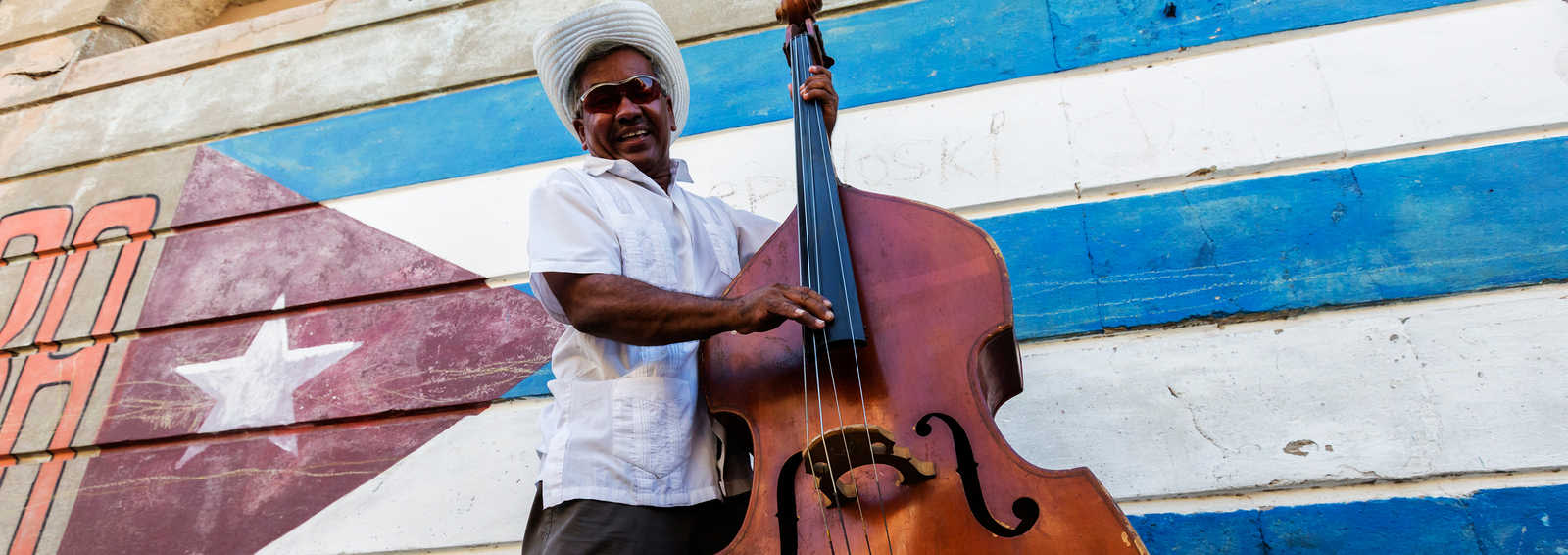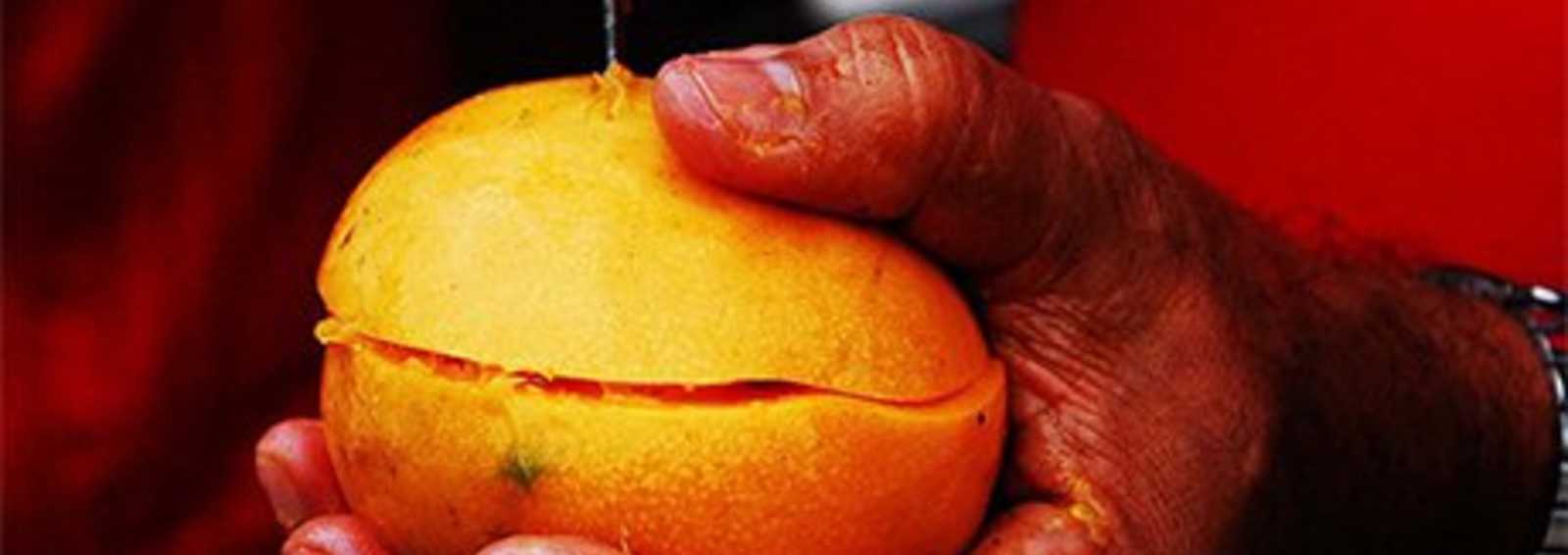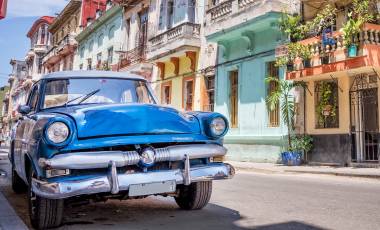Read time – 3 minutes
Plastic scrapes along the coarse river bed, ripples lapping at the shore. The chipped wooden oars come to rest in the shallow water beneath us.
On a grassy mound in the distance, I am distracted by two men standing knee-deep in the River Toa which flows through Cuba, casting and reeling for fish as they laugh with each other. A large steady hand stretches out, helping me find my footing on the slippery bank.
Meeting the Cuban Wildlife
On entering the biosphere reserve, everyone has stopped in their tracks, necks craned towards the huge trees. “Look look, just there, to the right of the branch that forks in two” exclaims Norge, our enthusiastic guide. Confused, we each try to distinguish one branch from another to locate what it is that he is referring to.
He borrows a camera and using a telephoto lens snaps a picture to prove his sighting. Once I know what I am looking for, a lizard magically pops into the foreground and all of a sudden it seems hard not to see it, even sitting against the vibrant green leaves.
We are amazed by Norge’s sharp eyesight and he continues to impress as we trek amongst a forest of Royal Palm, cacao and banana trees, encountering hummingbirds, butterflies, a family of wild pigs and plenty more lizards in disguise.
 Hummingbird
Hummingbird
Baracoa Chocolate
In this part of Baracoa in Cuba, cacao trees grow in abundance due to the fertile land and reliable rainfall. It is no coincidence that Che Guevera founded a cocoa factory in Baracoa, now one of the best places for Cuban chocolate.
We learn about the process of harvesting the fruit, taste its fleshy white seeds and see them dried ready to be made into cocoa balls or powder. At a clearing, we try the local’s favourite drink (rum aside) called Chorote; a hot, thick, bitter cocoa made with milk.
Locals in a farmhouse further on have laid out a collection of fruit on a rickety table. We indulge in papaya, banana, guava and pineapple to freshen up. Norge also picks ripe oranges from a nearby tree and urges us to try them.
There’s no doubt that they are only ever used to make potent marmalade. They were so sour my eyes started to water! By then it’s too late. Norge’s trick has worked and soon we are all laughing at the sucking-lemon contortions of our faces!
Back in town, we learn that Baracoa was conquered by Christopher Columbus in 1492 and became the first Spanish settlement of Cuba, cut off from the rest of the island until La Farola, a winding road through the imposing backdrop of mountains, was completed in the 1960s.
Walking along the dusty streets, Baracoa gives the impression of a small, sleepy town with its faded, crumbling exterior. The elderly reside on antique rocking chairs, watching the world simmer by from their verandas, as bicycle-taxis tout for business and children in neat school uniforms walk by, engrossed in conversation.

My opinion of sleepy Baracoa changes when I meet a man with the words Cuba Libre shaved into his head, puffing on the longest cigar I’ve ever seen. He tells me that Baracoa is different when the sun goes down and, in his broken English, insists I visit the Casa de la Trova (the famous House of Music) to see what Baracoa is really like after dark.
I take his photo expecting him to ask me for 1 CUC, but he’s far more interested in talking than money. We arrive as instructed later that evening and the party is already in full swing. In a room the size of a lounge, the songs of an eight-piece live band are resonating through the wide-open windows as agile salsa dancers vie for space on a tiny dance floor.
Two large plastic tables are found and arranged for us outside and a dozen expertly crafted mojitos arrive soon after, each presented in a jam jar. After a liberal amount of Cuban rum, we’re all joining in with the music, lead by our guide Tony who taught us some valuable salsa steps earlier in the trip.
 Cuban orange
Cuban orange
No-one wants the night to end but it gets late and the rain clouds threaten to interrupt our 4km bicycle-taxi journey home. So we set off in convoy, two on each bike, impressed by the strength of the cyclist’s legs and ability to navigate the pot-hole filled roads! Greeted by a steep vertical incline on the last section of road, our driver shows his relief at our decision to dismount.
The rain responsible for Baracoa’s lush landscape catches up with us and we dash the final 100 metres to the safety of our hotel. Invigorated once more, this seems like a fitting end to another great day and I sigh with satisfaction, knowing I am one of the few to see where Cuba began. By Vicky Boughton – Product Executive
Browse trips to Cuba below and find out more about this incredible country.






